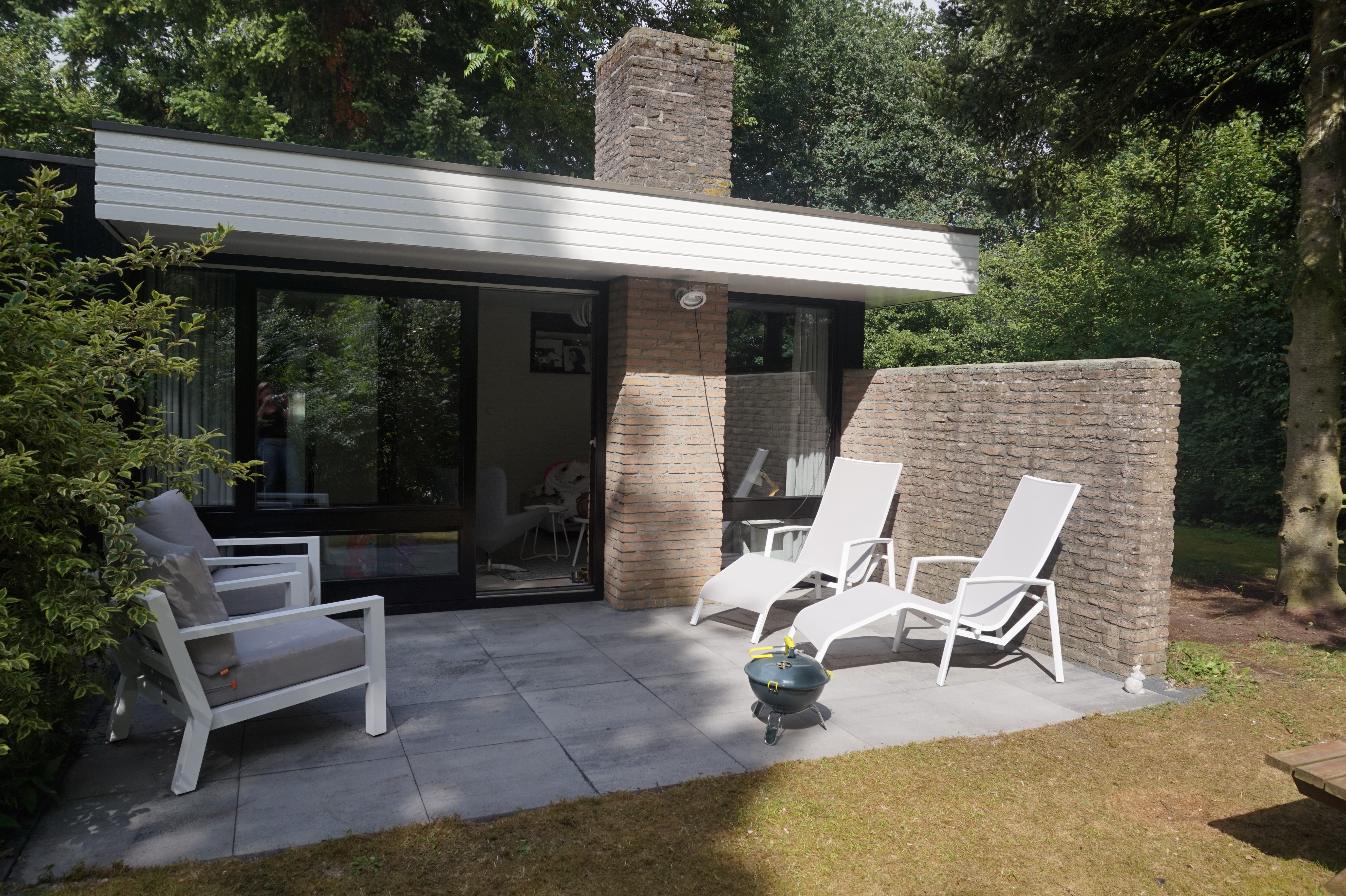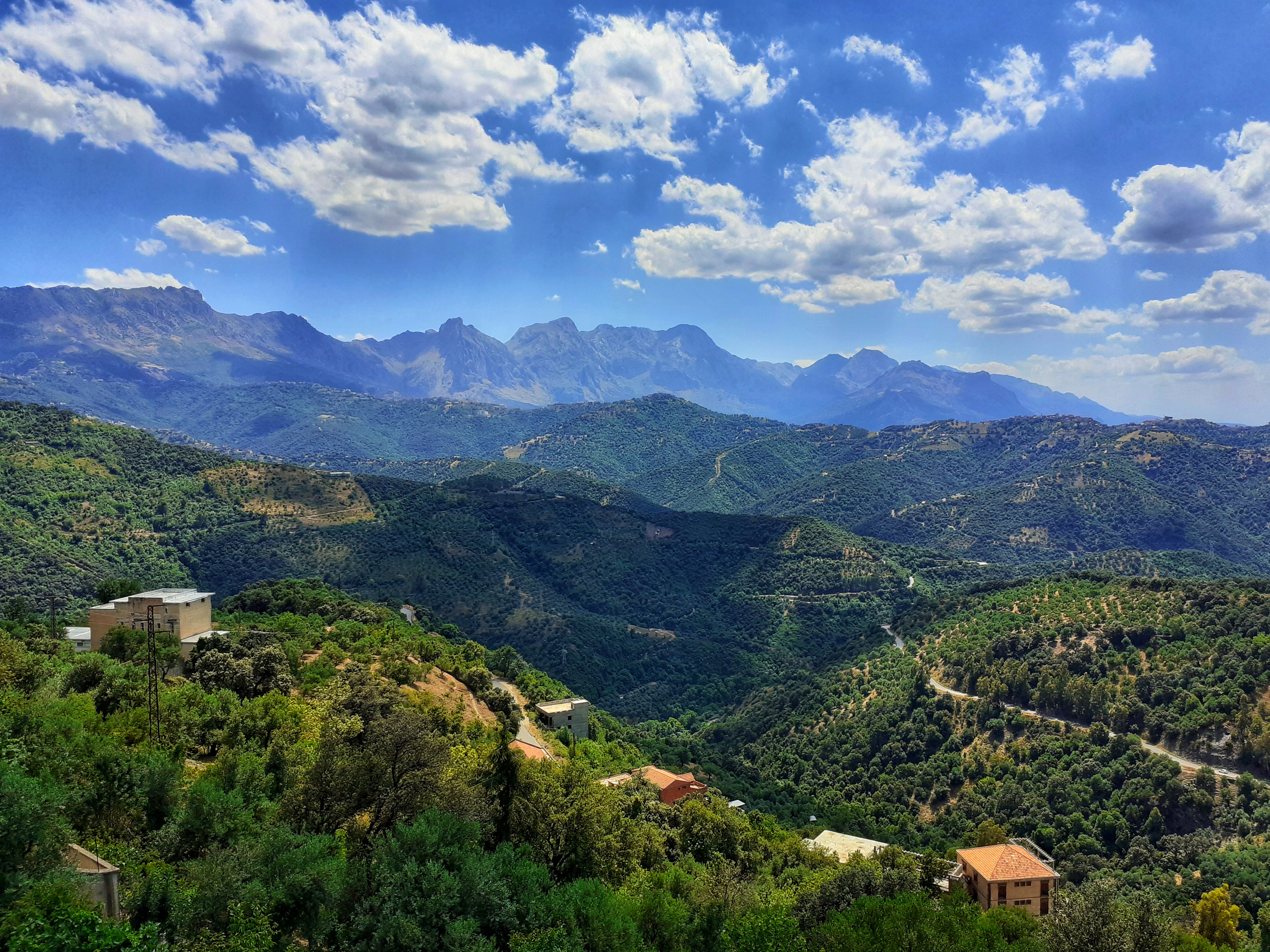|
Dar Lasram
Dar Lasram is one of the palaces of the medina of Tunis. It is located at 24 Tribunal Street. History The Lasram's, an aristocratic family of Tunis, descend from a Yemeni tribe settled in Kairouan. It is composed of rich landowners. Most of them were ''ministers of the Pen'' ( ar, وزارة القلم, french: ministres de la Plume). One of them, Hamouda Lasram, is a rich landowner and a khawaja of the Igawawen tribe (secretary of Berber cavalry regiments). In order to get a large plot and build the palace, he acquired and demolished several neighboring buildings. Its construction lasted from 1812 to 1819. Until the independence and the abolition of the habous, his descendants lived in the palace (which was considered inalienable as a habous). In 1964, the municipality of Tunis acquired it. Four years later, in 1968, it is allocated to the Association de sauvegarde de la médina de Tunis. Architecture Dar Lasram, with a surface area of 2250 m2, is a good example of a ... [...More Info...] [...Related Items...] OR: [Wikipedia] [Google] [Baidu] |
Patio Principal Du Dar Lasram
A patio (, from es, patio ; "courtyard", "forecourt", "yard", "little garden") is an outdoor space generally used for dining or recreation that adjoins a structure and is typically paved. In Australia the term is expanded to include roofed structures such as a veranda, which provides protection from sun and rain. Construction Patios are most commonly paved with concrete or stone slabs (also known as paving flags). They can also be created using bricks, block paving, tiles, cobbles, or gravel. Other kinds of patio materials these days include alumawood, aluminum, acrylic, and glass. Patio options include concrete, stamped concrete, and aggregate concrete. Stamped concrete costs more, is known to be slippery, requires being resealed, and dyes typically fade in time. Aggregate concrete uses stones exposed giving its own style. Other common patio features include additional of reinforcement for hot tubs and additional steps from the home. Restaurant patio ''Patio'' is also a g ... [...More Info...] [...Related Items...] OR: [Wikipedia] [Google] [Baidu] |
Medina Of Tunis
The Medina of Tunis is the medina quarter of Tunis, the capital of Tunisia. It has been a UNESCO World Heritage Site since 1979. The Medina contains some 700 monuments, including palaces, mosques, mausoleums, madrasas and fountains dating from the Almohad and the Hafsid periods. History Founded in 698 around the original core of the Zitouna Mosque, the Medina of Tunis developed throughout the Middle Ages. The main axis was between the mosque and the centre of government to the west in the kasbah. To the east this same main road extended to the Bab el Bhar. Expansions to the north and south divided the main Medina into two suburbs north (Bab Souika) and south (Bab El Jazira). Before the Almohad Caliphate, other cities such as Mahdia and Kairouan had served as capitals. Under Almohad rule, Tunis became the capital of Ifriqiya, and under the Hafsid period it developed into a religious, intellectual and economic center. It was during the Hafsid period that the Medina as we no ... [...More Info...] [...Related Items...] OR: [Wikipedia] [Google] [Baidu] |
Kairouan
Kairouan (, ), also spelled El Qayrawān or Kairwan ( ar, ٱلْقَيْرَوَان, al-Qayrawān , aeb, script=Latn, Qeirwān ), is the capital of the Kairouan Governorate in Tunisia and a UNESCO World Heritage Site. The city was founded by the Umayyads around 670, in the period of Caliph Mu'awiya (reigned 661–680); this is when it became an important centre for Sunni Islamic scholarship and Quranic learning, attracting Muslims from various parts of the world, next only to Mecca, Medina and Jerusalem. The Mosque of Uqba is situated in the city.Europa Publications "General Survey: Holy Places" ''The Middle East and North Africa 2003'', p. 147. Routledge, 2003. . "The city is regarded as a holy place for Muslims." In 2014, the city had about 187,000 inhabitants. Etymology The name ( ''al-Qayrawān'') is an Arabic word meaning "military group" or "caravan", borrowed early on from the Middle Persian word ''kārawān'' (modern Persian ''kârvân''), meaning "military column" ('' ... [...More Info...] [...Related Items...] OR: [Wikipedia] [Google] [Baidu] |
Khawaja
Khawaja (Persian language, Persian: خواجه ''khvâjəh'') is an honorific title used across the Middle East, South Asia, Southeast Asia and Central Asia, particularly towards Sufi teachers. It is also used by Kashmiri Muslims and the Mizrahi Jews—particularly Persian Jews and Baghdadi Jews. The word comes from the Iranian word ''khwāja'' (Classical Persian: ''khwāja''; Dari language, Dari ''khājah''; Tajik language, Tajik ''khoja''). In Persian language, Persian, the title roughly translates to 'Lord' or 'Master'. The Ottoman Turkish pronunciation of the Persian خواجه gave rise to ''hodja'' and its equivalents such as ''hoca'' in Turkish language, modern Turkish, ''hoxha'' in Albanian language, Albanian, ''xoca'' (''khoja'') in Azerbaijani language, Azerbaijani, ''hodža'' in Bosnian language, Bosnian, ''χότζας'' (''chótzas'') in Greek language, Greek, ''hogea'' in Romanian language, Romanian, and ''хоџа'' in Serbian language, Serbian. Other spellings ... [...More Info...] [...Related Items...] OR: [Wikipedia] [Google] [Baidu] |
Igawawen
Igawawen or Gawawa, mostly known as Zwawa (in Kabyle: Igawawen, in Arabic: زواوة, and in Latin: Jubaleni''Revue archéologique, Société française d'archéologie classique'' (in French), p. 28) were a group of Kabyle tribes inhabiting the Djurdjura mountains, Greater Kabylia, in Algeria, whose most famous and strongest confederations were those of the Aït Betrun, the Aït Iraten, and the Aït Mengellat, and are divided into various tribes, and the tribes themselves are divided into many villages. The Zouaoua are a branch of the Kutama tribe of the Baranis Berbers.Ibn Khaldun, ''Histoire des Berbères et des dynasties musulmanes de l'Afrique septentrionale'' (in French), Volume 1, Paris, Imprimerie du gouvernement, 1852, 447 p.read online, p. 255 The Igawawen, in the most restricted sense, are only located in the south-eastern part of the Tizi-Ouzou province. In the least restricted sense however, they are located in the southern half of the Tizi Ouzou province, and a ... [...More Info...] [...Related Items...] OR: [Wikipedia] [Google] [Baidu] |
Salle Dar Lasram
Salle is the French word for 'hall', 'room' or 'auditorium', as in: *Salle des Concerts Herz, a former Paris concert hall *Salle Favart, theatre of the Paris Opéra-Comique *Salle Le Peletier, former home of the Paris Opéra *Salle Pleyel, a Paris concert hall *Salle Ventadour, a former Paris theatre *Salle Wilfrid-Pelletier, a multipurpose venue in Montréal It may also refer to: Places: *Salle, Norfolk, a village and civil parish in England, pronounced "Saul" *Salle, Abruzzo, Italy *Salle, Nepal People: *Abraham Salle (1670–1719), Huguenot ancestor, immigrant, and colonist *Alexander Östlund, Swedish football player, nicknamed "Salle" *Auguste Sallé French traveller and entomologist *David Salle, American painter *Fred Salle, English long jumper *Jérôme Salle, French film director *Johan Sälle Johan Sälle (born February 21, 1967) is a Swedish former professional ice hockey player who primarily played in the Swedish Hockey League and Hockeyettan., retrieved October 13, ... [...More Info...] [...Related Items...] OR: [Wikipedia] [Google] [Baidu] |
Habous
A waqf ( ar, وَقْف; ), also known as hubous () or ''mortmain'' property is an inalienable charitable endowment under Islamic law. It typically involves donating a building, plot of land or other assets for Muslim religious or charitable purposes with no intention of reclaiming the assets. A charitable trust may hold the donated assets. The person making such dedication is known as a ''waqif'' (a donor). In Ottoman Turkish law, and later under the British Mandate of Palestine, a ''waqf'' was defined as usufruct state land (or property) from which the state revenues are assured to pious foundations. Although the ''waqf'' system depended on several hadiths and presented elements similar to practices from pre-Islamic cultures, it seems that the specific full-fledged Islamic legal form of endowment called ''waqf'' dates from the 9th century AD (see below). Terminology In Sunni jurisprudence, ''waqf'', also spelled ''wakf'' ( ar, وَقْف; plural , ''awqāf''; tr, vakı ... [...More Info...] [...Related Items...] OR: [Wikipedia] [Google] [Baidu] |
Tunis
''Tounsi'' french: Tunisois , population_note = , population_urban = , population_metro = 2658816 , population_density_km2 = , timezone1 = CET , utc_offset1 = +01:00 , timezone1_DST = , utc_offset1_DST = , postal_code_type = Postal code , postal_code = 1xxx, 2xxx , area_code_type = Calling code , area_code = 71 , iso_code = TN-11, TN-12, TN-13 and TN-14 , blank_name_sec2 = geoTLD , blank_info_sec2 = .tn , website = , footnotes = Tunis ( ar, تونس ') is the capital and largest city of Tunisia. The greater metropolitan area of Tunis, often referred to as " Grand Tunis", has about 2,700,000 inhabitants. , it is the third-largest city in the Maghreb ... [...More Info...] [...Related Items...] OR: [Wikipedia] [Google] [Baidu] |
Association De Sauvegarde De La Médina De Tunis
The Association de sauvegarde de la médina de Tunis (Association for the protection of the medina of Tunis) was established in 1967 to conserve the Medina quarter in the old heart of Tunis. Its mission is "to strive for the conservation and protection of the overall traditional urban form of the Medina, its historical structures with all its distinctive elements and cultural heritage, and to take actions to ensure its preservation and enhancement." Its current president (2015) is the city's former mayor, Abbès Mohsen. History The Association was founded in June 1967 by Hassib Ben Ammar who at the time was both the mayor and the regional governor in Tunis. It was born of a belated realization that the historic Medina, despite being a bedrock of local identity, was insufficiently valued, and was threatened by physical degradation or even disappearing. Ben Ammar himself served as president of The Association for two years, until 1969. The association is financed by the municip ... [...More Info...] [...Related Items...] OR: [Wikipedia] [Google] [Baidu] |
Tahar Haddad
Tahar Haddad ( ar, الطاهر الحداد; 1899 – December 1935) was a Tunisian author, labor activist, scholar and reformer. Haddad, was born in Tunis to a family of shopkeepers and studied Islamic law at the Great Mosque of Zitouna from 1911 until his graduation in 1920. He became a notary; he abandoned his career to join Al-Destour, which was the first major political party to spearhead the Tunisian national movement. In the following years, he became a prominent member in the burgeoning Tunisian labor movement, and he quickly became a leading spokesperson for the movement. He left the party when he became dissatisfied with the leadership, particularly the party's negative attitude towards the labor movement. Tahar Haddad, Tunisian Social Reformer " ''Tunisian C ... [...More Info...] [...Related Items...] OR: [Wikipedia] [Google] [Baidu] |




